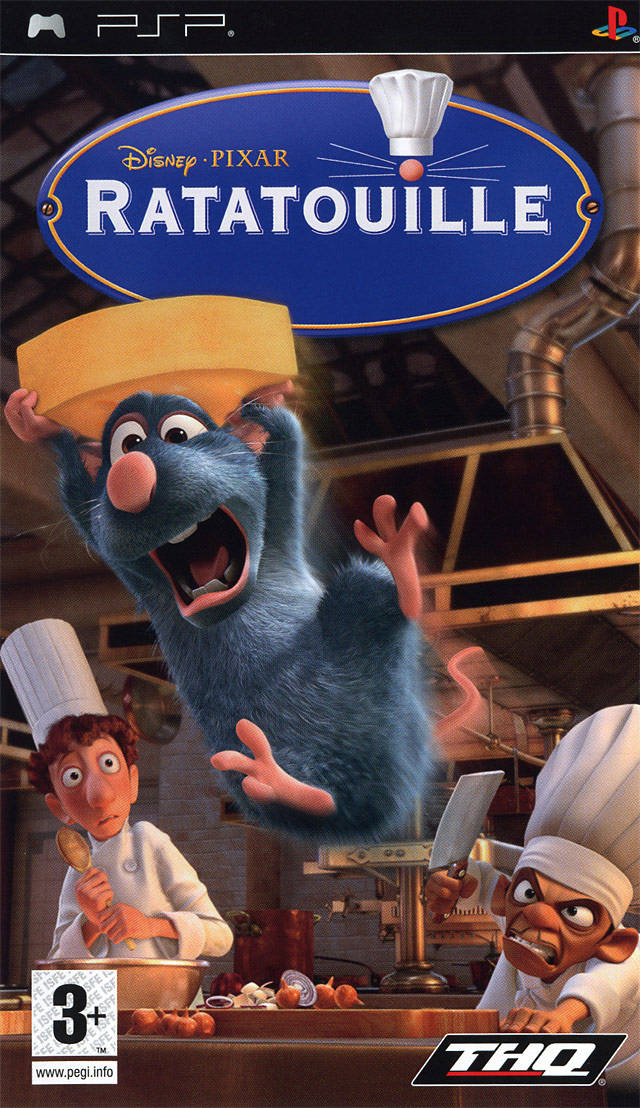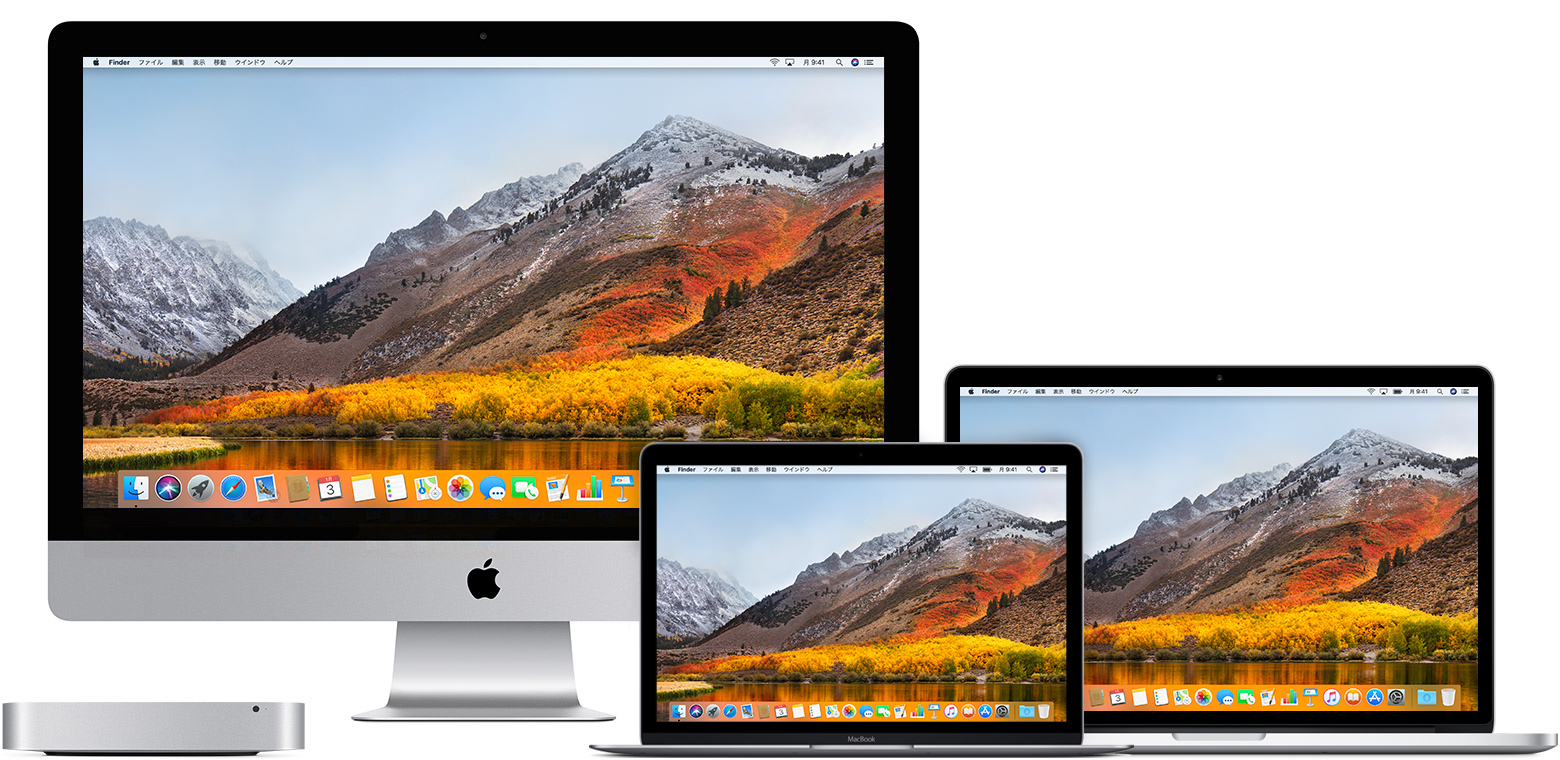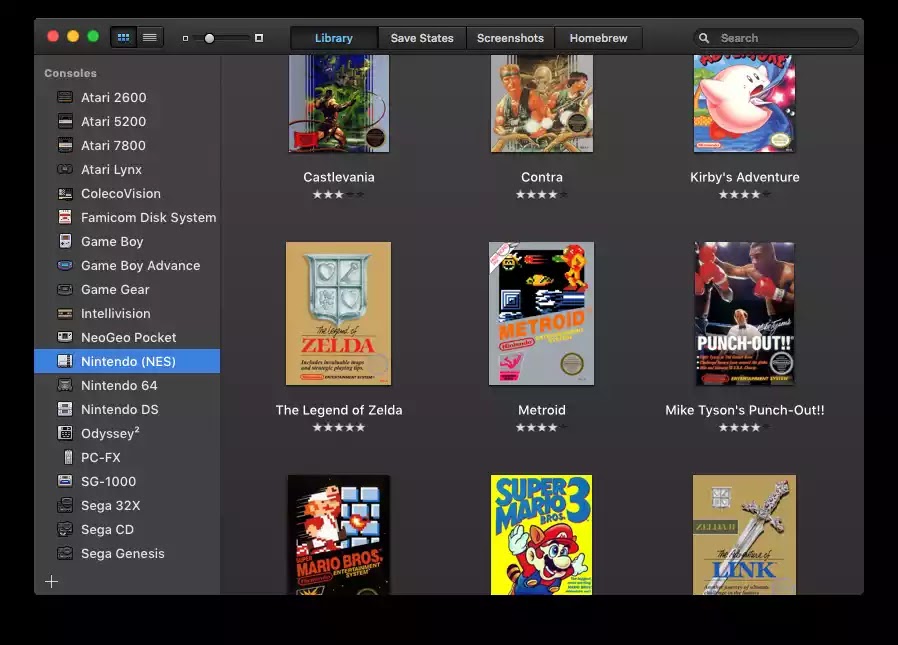Dolphin
GameBoy Emulators for Mac OS X. Nintendo NES and GameBoy - It was the Nintendo NES version in 1986 that revived the industry of home video games during its reign. This same phenomenon and impact happened to the portable video game industry when the same company introduced GameBoy in the year 1989. Fortunately, it is open source. With minor modifications I was able to compile the tools for Mac OS X Lion. You can find the compiled binaries (rgbds.tar 361 298) and the Makefile I used in my github repository 362 299. Next thing I needed for development was an emulator with an embeded deugger. Gameboy advance (gba) Emulators The Game Boy Advance (GBA) is a 32-bit handheld game console developed, manufactured and marketed by Nintendo as the successor to the Game Boy Color. It was released in Japan on March 21, 2001, in North America on June 11, 2001, in Australia and Europe on June 22, 2001, and in mainland China on June 8, 2004 as.
Dolphin is a Wii and Gamecube emulator. It has been ported to libretro and an alpha version of the core is available now for Windows and Linux! Version for macOS will be released at a later date.
For more information on Dolphin, visit the author's website here.
Gameboy Emulator Mac Os X 10.9.55
See also our in-depth article here.
Citra
Citra is a 'work in progress' Nintendo 3DS emulator.
Core available now for Windows and Linux. Version for macOS will be released at a later date.
For more information on Citra, visit the author's website here.
See also our in-depth article here.
OpenLara
OpenLara is an early Tomb Raider game engine recreation.
Core available now for Windows/Linux.
For more information, read our article on this release here.
It uses the original data files in order to work. What is nice about this one is that it has some very fancy graphics effects that it adds on top of the old game engine without it resulting in any stylistic clashes.
melonDS
melonDS is a 'work in progress' Nintendo DS emulator.
Core available now for Windows, macOS, Linux, Android and iOS.
For more information on melonDS, visit the author's website here.
Gameboy Emulator Mac Os X 10.9.5mac Os X 10 9 5
See also our in-depth article here.
SameBoy
SameBoy is a highly accurate Game Boy/Game Boy Color emulator.
Core available now for Windows, macOS, Linux, Android and iOS.
For more information on SameBoy, visit the author's website here.
PX68K
PX-68K is a Sharp X68000 emulator. This is a Japanese home computer from the late '80s/early '90s that was used by Capcom as devkits for their arcade games. It played host to many popular games from the likes of Namco, Konami and Capcom.
Core available now for Windows, macOS, Linux, Android and iOS.
For more information, read our article on this release here.
Gameboy Development on Mac OS X
309
Gameboy Advance Emulator For Mac Os X 10.6.8
1
357294As I have gone more and more low-level over the past month, I was searching for a platform that is well understood/documented, not too fancy and thus allows me to use it for learning on different topics at once in a fun way. I.e. micro-processors/electrical-engineering, emulators, dev-tools.

Well, I found the old Gameboy to match that category:
- Electrical Engineering: Building own game cartridges/ROMs, ROM-readers/writers and play around with other interfacing possibilities. As it happens, I still have my old Gameboy lying around… somewhere…
- Emulators: Write a simple emulator for the Gameboy’s Z80 processor. Compared to others, the instruction of the Z80 is “quiet” small. Except for the CHIP-8 language, there are not many other processor that are this popular and have an as small instruction set.
- Dev-Tools: Understanding how compiler and linker for this platform work and tinkering with it. As one of the most popular tool-chains (Rednex Gameboy Development System358295) is open-source and a comparably small project, this is hopefully not a month-long endeavor.
And I like doing game-development for fun anyway. With a quiet old and restricted platform like the Gameboy, this is a nice thing to do in with limited time and good results. Building only a simple game for PC or any of the latest Mobile-platforms (iOS, Android) can take month when you also have some sense for art and style. With a four-color 160×144 pixel display, you are so restricted on itself, that doing the graphics yourself is quiet easy; even for someone that is not a great artist. I was surprised what can be achieved on a 14 hour flight. Maybe I will even enter the next Ludum Dare359296 with a Gameboy game.
The first step required to dive into the world of Gameboy development is to set up the development tools, emulator and some more useful tools like tile-editors on your Mac. The main purpose of this post is to describe the steps I have taken. And as it was more then just click-click-finish at some stages, I hope this will also be helpful to others.
RGBDS360297 seems to be a popular set of developer tools for the original Gameboy. It contains four command-line tool for which two are the assembler and the linker. Unfortunately, there is no binary available for Mac OS. Fortunately, it is open source. With minor modifications I was able to compile the tools for Mac OS X Lion. You can find the compiled binaries (rgbds.tar361298) and the Makefile I used in my github repository362299.
Next thing I needed for development was an emulator with an embeded deugger. Who writes a working game with closed eyes, loads it onto a gameboy cartidge and it works? Well, at least not me.

The emulators I found to be the best matches are no$gmb363300 and bgb364301. Both are similar feature wise; bgb seems to have been implemented based on no$gmb, so both interfaces look alike and also shortcuts in the debugger are mostly the same. bgb is still actively developed and you can also get tips by the developer in the EFNet #gbdev IRC channel.

Both emulators are for windows originally and they are not open source. So, using Wine was the only real option. If you don’t have Wine yet installed, you might want to download MacPorts365302. It is a package manager for Mac OS and also allows to easily install said software. As you also need to have the X11 window server installed for Wine to work properly, best is to follow these instructions366303 for the whole installation.
The Installation of wine itself is straightforward: After the installing MacPorts type “sudo port” in the Terminal.app to start the MacPorts package manager. Supply your user’s password and the prompt of the package manager should appear. Type “install wine” and do something else for the next half hour. This will download all dependencies (a lot) and install Wine on your system. I got an error like
while installing Wine because it seemed to interfere with other packages I have already had installed. If you also encounter this problem, follow the workaround at the bottom of this bug-ticket367304:
Once you have installed wine successfully, you can start the emulator. I was not able to get bgb running yet but no$gmb works just fine. Get the 32-bit Windows version from here368305 and start it with “wine NO$GMB.EXE” from the commandline.
As said before, a quiet restricted platform like the Gameboy allows also a developer without a hand for art to create nice games. Still, you might want some tools to assist in the process. The Gameboy Tile Designer369306 and the Gameboy Map Builder370307 are two such tools. Easily generate tiles and maps and directly export them into an assembler-file containing the required data to directly work with the tiles/maps. These tools are again windows-only but work just fine with wine.
Unfortunately, as of this writing, the host for these tools seems to be shutting down its operation completely, so I hope the owner of these tools will find another host soon.
That’s about what you need if you want to get into Gameboy development and have some retro-fun. To point you in the right direction for getting started I can recommend the notes of the Wichita State University’s 2008 Z80 Assembler Programming lecture371308. Luckily, the exact same tools we just installed on our system are used 🙂